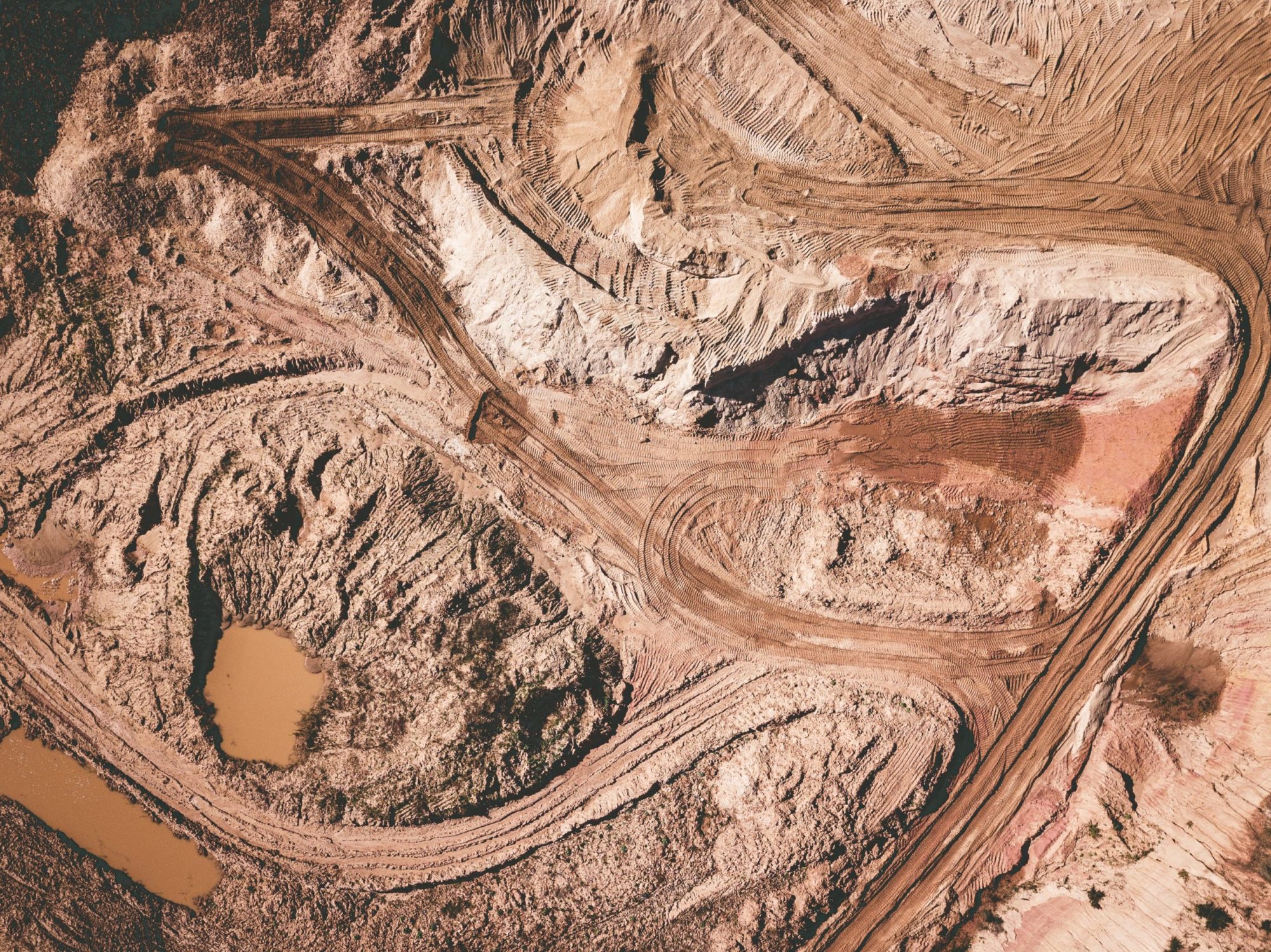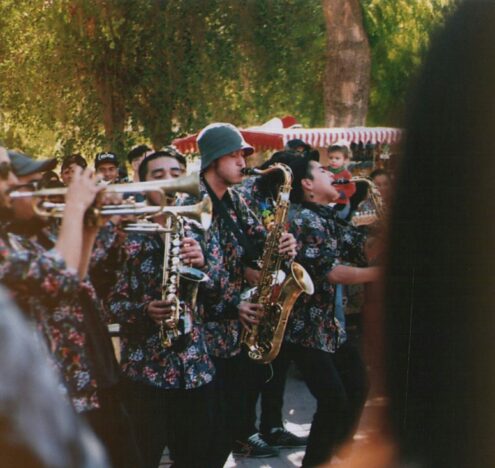The global COVID-19 pandemic should have been a wake-up call to the vital importance of public and community health care, clean water, and a healthy environment. However, during this period, mining, one of the most toxic and destructive industries, gained a leg up.
Calls for economic reactivation in the wake of the COVID-19 pandemic, in tandem with rising mineral and metal demand for the energy transition to mitigate climate change, have given renewed vigor to corporations and governments eager to expand mining frontiers everywhere — especially across the Global South.
The World Bank and neoliberal economic powers have promoted mining as an economic development strategy since the late 1980s, despite extensive evidence that it is a failed model for poverty alleviation at both the local and national levels. Mining is one of the most socially and environmentally toxic industries. It turns communities and their territories into “sacrifice zones”, which are formerly habitable, productive, sacred, or otherwise valued areas lost to the industry; it displaces people; and undermines other more sustainable economic activities while leaving massive quantities of toxic waste on the land, irreparably contaminating or drying up water supplies.
Indigenous peoples and other mining-affected communities have long resisted the mining industry and fought generations-long battles against its harms. Their protests have been impossible for the industry to ignore: the pushback, especially from frontline communities, has been so significant that a lack of social license is now considered a top obstacle to mining projects among industry analysts.
But social constraints put in place as part of public health measures during the pandemic became an opportunity for various governments and many mining corporations to advance unwanted projects and plans. This meant that there was no reprieve for Indigenous peoples and other communities. They had to fight to protect their territories, lands, and water supplies from mining harms, at the same time that they needed to care for their health and livelihoods hit by the coronavirus.
The Coalition Against the Mining Pandemic — a coalition of environmental justice organizations, networks, and initiatives from North America, Europe, Asia-Pacific, Africa, and Latin America — came together to document what was happening in the mining sector during the pandemic. The ensuing reports shed light on pandemic profiteering in the mining industry, as well as its implications for the struggles of Indigenous peoples and other mining-affected communities on the frontlines.
DEEPENED ECONOMIC AND POLITICAL ASYMMETRIES
Corporations and governments used the economic crisis around the pandemic to frame mining as “essential” for post-pandemic recovery and thus to justify further deregulation, the facilitation of new permits, and thus to continue the dispossession and environmental destruction these practices entail. In a number of places, rising mineral and metal demand for the transition off of fossil fuels provided an added push for governments to declare the extraction of certain metals, particularly lithium, as a strategic priority to exploit.
While lockdowns forced some temporary suspensions of the industry’s work, most sites continued to operate without interruption. Precious metal prices rose significantly as a result of the economic uncertainty created by the pandemic and base metal prices soon followed as markets opened up. As a result, despite lower production in the first year of the pandemic, the industry generally did well. Meanwhile, economic and political asymmetries between communities and companies deepened, exposing and worsening the injustices that mining-affected people face.
For communities, stay-at-home orders and the need to keep one another safe from the virus made it difficult to gather in person, adding to the challenge of assembling, organizing, and communicating internally and externally. Communities also faced greater difficulty in dealing with government offices responsible for permitting and inspections, which closed for periods of time and moved some procedures online, limiting their participation even further.
During the pandemic, economic and political asymmetries between communities and companies deepened, exposing and worsening the injustices that mining-affected people face.
In Colombia, for example, Indigenous Wayúu and Afro-descendant communities in the La Guajira region experienced heightened risks from the continued operation of the Cerrejón mining complex, the largest open-pit thermal coal mine in Latin America. This mine has already operated for over three decades and displaced dozens of communities. In September 2020, the UN Special Rapporteur on Human Rights and the Environment, David Boyd, asked the Colombian government to at least temporarily suspend Cerrejón’s operations, pointing out that the contamination, health impacts, and lack of water the communities already faced increased the risk of death from COVID-19. Instead, the mine continued and even accelerated operations, while communities suffered serious physical and emotional impacts from greater social confinement and the loss of subsistence economic activities. The company donated food and safety equipment to improve its image, but this generated divisions and disagreements among communities that were difficult to resolve given the restrictions on meetings.
Making this situation worse, the government and companies have refused to respect a 2017 Constitutional Court decision that recognized violations of community rights to water, food, sovereignty, and health in authorizing the diversion of the Bruno Creek’s natural course to expand coal extraction. Instead, since mid-2021, Glencore and Anglo American initiated supranational arbitration against the Colombian government under the terms of bilateral international investment agreements with Switzerland and the United Kingdom for not letting them expand the mine. Anglo American, which sold its shares in the project to Glencore in 2021, dropped its suit on July 1, while Glencore’s arbitration continues. The companies’ use of such arbitration, which has become another way in which mining corporations seek to profit or persuade governments to serve their interests, exemplifies the tremendous asymmetry that communities regularly face when trying to have their rights respected or harms addressed.
In most places considered, greater militarization, threats of violence, and criminalization also accompanied the constraints on community movements during the pandemic.
MODELING A JUST RECOVERY
Unable to stay at home, with their territories, water, and lands at continued risk, communities displayed great resilience and resistance to keep one another safe and not let their guard down in their struggles for clean water, air, land, and justice. Building on their experiences prior to the pandemic, communities reaffirmed the importance of exercising self-determination, ongoing information-sharing, and community organizing.
From Mexico to Argentina, and in other regions considered by the global coalition, their efforts model the sort of change that is truly needed.
In Panama, a national movement called the Panama Worth More Without Mining Movement (MPVMSM) formed in response to the government’s plan for post-pandemic economic recovery based on mining.
In the province of Chubut, Argentina where large-scale mining has been prohibited for nearly 20 years, Indigenous Mapuche-Tehuelche communities and residents across the province massively took to the streets when the legislature sought to zone for mining to benefit the US-Canadian firm, Pan American Silver. After nearly a week of brutal repression, the decision was retracted.
In the district of Espinar, Peru, where over four decades of copper, silver, and gold mining have failed to bring the promised development, the Association of Women Defenders of the Territory and K’ana Culture reaffirmed the importance of small-scale agriculture, even as they took on most of the physical and emotional workload that the pandemic brought with it.
Across Latin America and in many other countries, the local and national struggles of participating groups underscore the need to replace an extractivist development model that reproduces colonial, racist, and patriarchal power dynamics and fails to care for people’s lives and health. They also modeled the core elements of what might constitute a truly just recovery that would prioritize food sovereignty, community health, ecosystem and water protection, and more sustainable livelihoods.
Jen Moore is an Associate Fellow with the Global Economy Program at the Institute for Policy Studies.





















